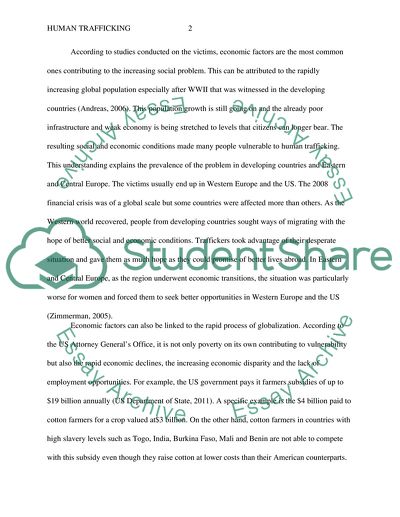Cite this document
(“Human Trafficking Research Paper Example | Topics and Well Written Essays - 3000 words”, n.d.)
Retrieved from https://studentshare.org/sociology/1684512-human-trafficking
Retrieved from https://studentshare.org/sociology/1684512-human-trafficking
(Human Trafficking Research Paper Example | Topics and Well Written Essays - 3000 Words)
https://studentshare.org/sociology/1684512-human-trafficking.
https://studentshare.org/sociology/1684512-human-trafficking.
“Human Trafficking Research Paper Example | Topics and Well Written Essays - 3000 Words”, n.d. https://studentshare.org/sociology/1684512-human-trafficking.


